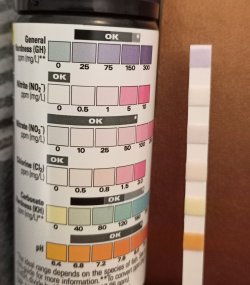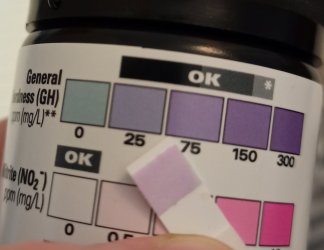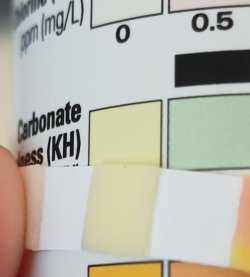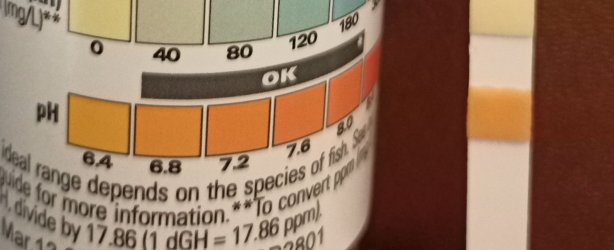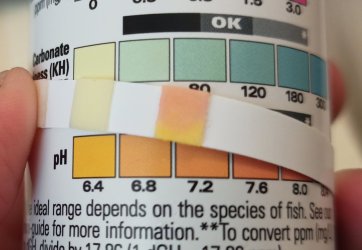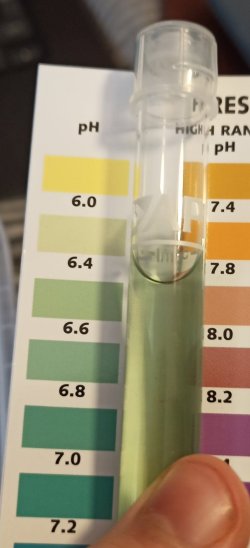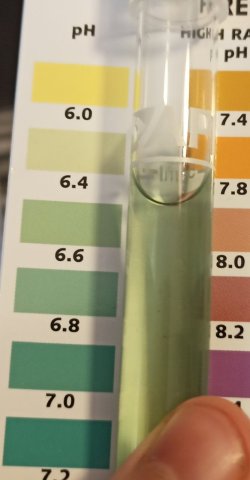Hello all!
Starting a 105 litre planted tank (about 28 gallons), and looking for suggestions/advice in terms of stocking and fish numbers.
I'm thinking ember tetras, Otto catfish. I'd also like some top dwellers like marbled hatchets. Possibly a centerpiece fish like a pearl gourami. What do you think in terms of numbers? I know the Otto catfish like smallish groups and obviously tetras are schooling fish.
Tank isn't cycled yet (I'm doing a fishless cycle) so I have time to decide. From online research, the answers I find vary massively so I was hoping to get some advice from hobbyists/fish keepers. I was thinking of starting off with just the tetras and ottos, and having the option to add a centerpiece fish/ top dwellers down the line. Any thoughts or advice on the number of fish?
Starting a 105 litre planted tank (about 28 gallons), and looking for suggestions/advice in terms of stocking and fish numbers.
I'm thinking ember tetras, Otto catfish. I'd also like some top dwellers like marbled hatchets. Possibly a centerpiece fish like a pearl gourami. What do you think in terms of numbers? I know the Otto catfish like smallish groups and obviously tetras are schooling fish.
Tank isn't cycled yet (I'm doing a fishless cycle) so I have time to decide. From online research, the answers I find vary massively so I was hoping to get some advice from hobbyists/fish keepers. I was thinking of starting off with just the tetras and ottos, and having the option to add a centerpiece fish/ top dwellers down the line. Any thoughts or advice on the number of fish?


